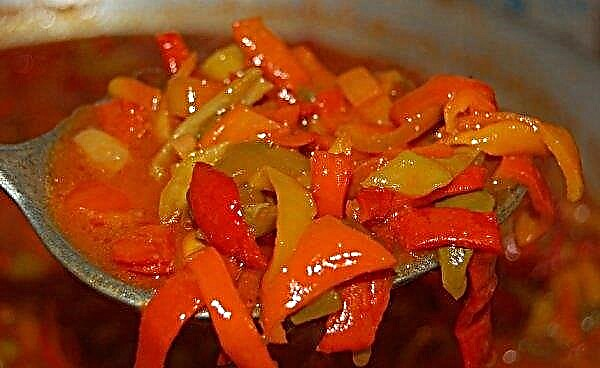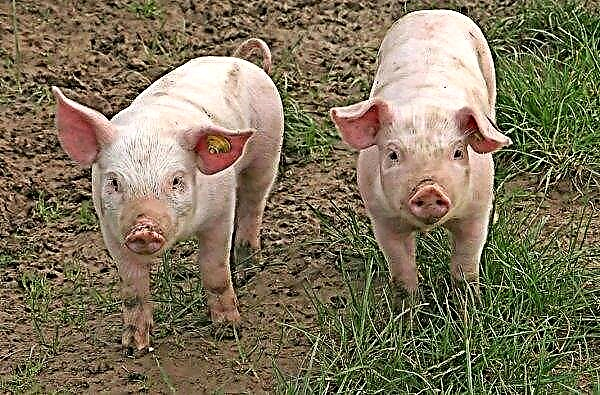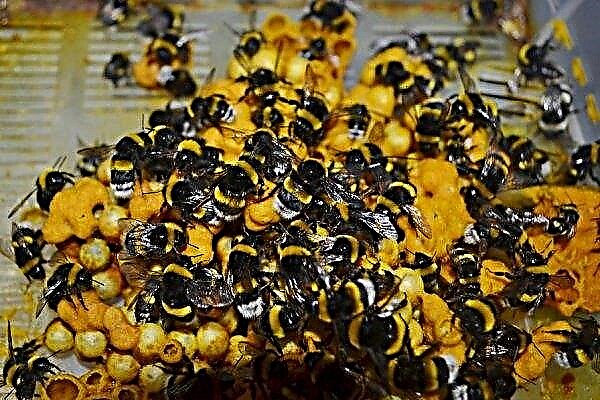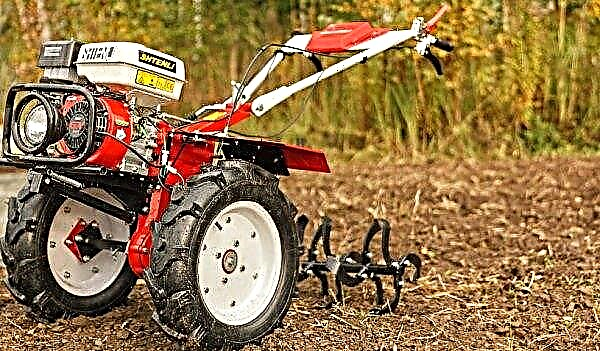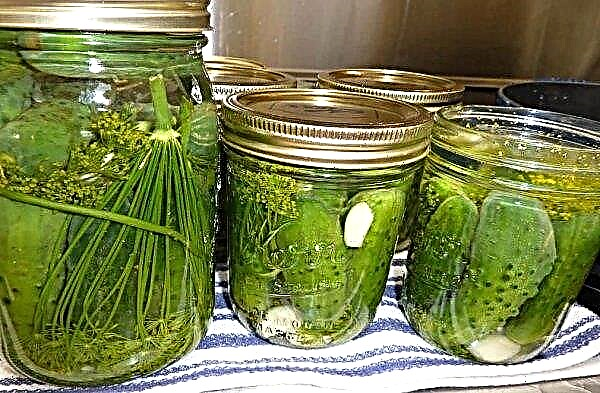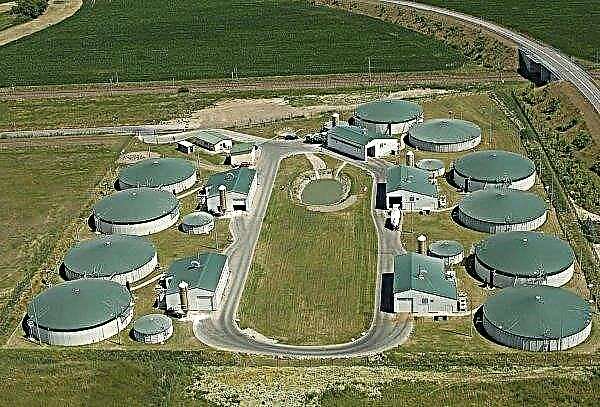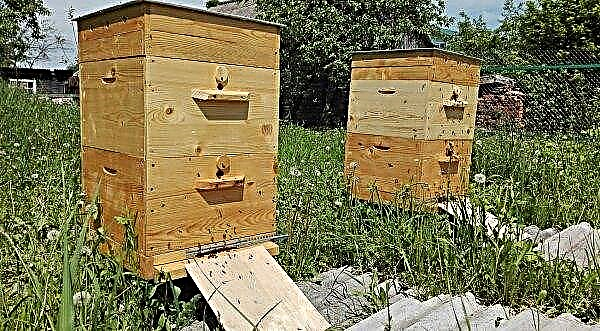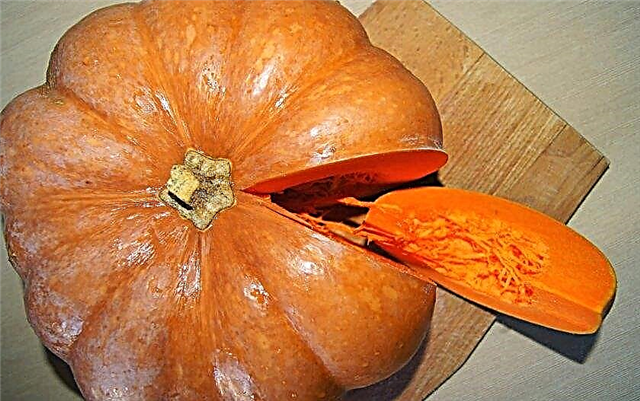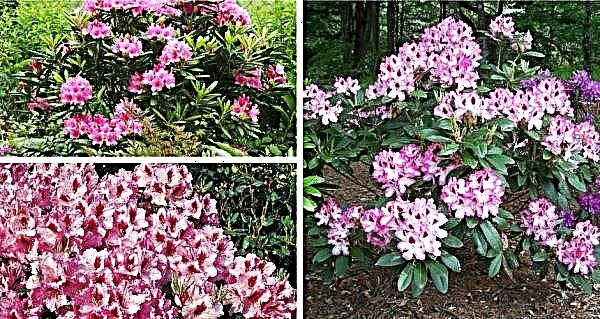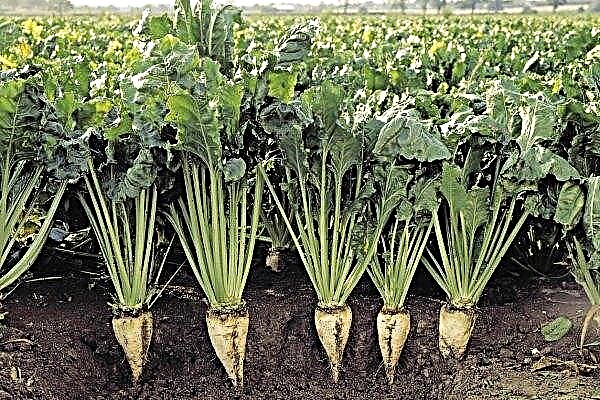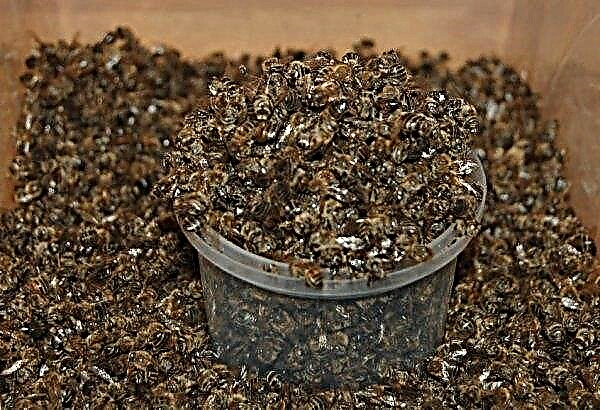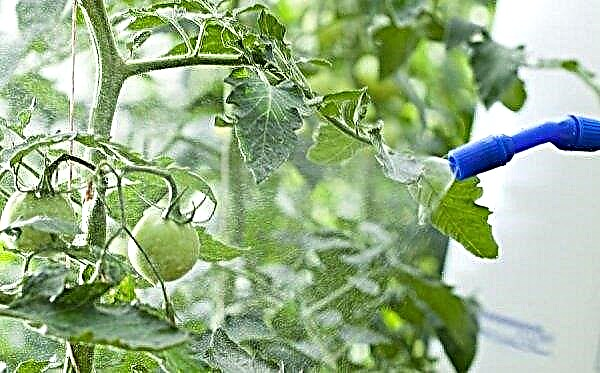Potatoes are a popular food product in many countries, therefore a large number of new varieties are annually produced in the world and old ones are improved. Today in the article we will consider a detailed description and features of growing at home one of the best varieties of potatoes - Timo.
Variety breeding history
Timo variety was bred in Finland, the originator is Boreal Plant Breeding LTD. Given that Finland is a northern country, the vegetation period of plants there is quite short, but warm and sunny summers allow you to grow high-quality potatoes.
In order for potatoes to grow and mature in a short period of time, breeders are actively creating ultra-early varieties, one of which is Timo. Due to early maturity, the variety can be successfully grown throughout the entire Central strip of Russia. Experts advise choosing the Northern, Central and North-Western regions for the cultivation of Timo potatoes.
Experts advise choosing the Northern, Central and North-Western regions for the cultivation of Timo potatoes.
Description and characteristic
Each variety differs in the appearance of the bush, tubers, has a certain special taste and a set of characteristics that make it unique and distinguish it from other similar varieties. Consider a description of the appearance of the plant, fruits and the main characteristics of the Timo variety.
Morphology of bushes and tubers
The height of the potato bushes is 40 cm, the plant has powerful spreading stems of saturated green color. Young bushes have well leafy shoots, the leaves are large, green with a glossy surface, elongated in length, have the shape of an oval.
The buds are collected in small inflorescences of violet-blue color, characterized by an average tendency to form berries. 5 to 10 tubers are usually formed under the bush. The potato has an oval-round shape, the weight of one fruit is an average of 80–130 g.
The fruits of the plant are covered with a thin dense straw peel of straw color. When cutting them, you can observe the light beige color of the pulp. The eyes are shallow, which allows you to peel the fruit, leaving the maximum amount of pulp. Timo potato starch is from 12.9 to 14.2%. The period of technical maturity of potatoes falls on 60–70 days after the appearance of the first seedlings, and harvesting can be already on 40–45 days.
Timo potato starch is from 12.9 to 14.2%. The period of technical maturity of potatoes falls on 60–70 days after the appearance of the first seedlings, and harvesting can be already on 40–45 days.
Did you know? Belarus is the world leader in potato consumption: about 183 kg of root crops per citizen per year.
Taste and composition of potatoes
Despite the increased starchiness of the fruits, their taste is very good - the tasting score is 4.1 points.
The fruits of the Timo variety, when cut, practically do not change color, which is very much appreciated by the housewives and the processing enterprises, since the attractive appearance of the raw billets is preserved. Fruits are excellent for both cooking and frying - they do not fall apart from heat treatment, but, if necessary, easily turn into mashed potatoes.
The composition of potato varieties Timo (per 100 g):
- 77 g of water;
- 2 g of protein;
- 18 g of carbohydrates;
- 1 g of dietary fiber;
- 0.7 g of pectins;
- 0.2 g of organic acids;
- 1.1 g of ash.
 Calorie content of 100 g of finished tuber is an average of 80 kcal.In addition, potato fruits are high in:
Calorie content of 100 g of finished tuber is an average of 80 kcal.In addition, potato fruits are high in:- vitamins A, group B (B1, B2, B5, B6, B9), C, E, K;
- potassium;
- calcium
- magnesium
- gland;
- phosphorus;
- sodium;
- manganese;
- iodine;
- copper;
- molybdenum;
- Selene;
- fluorine;
- zinc.
Variety Stability and Yield
With proper cultivation and following the recommendations from 1 ha, you can collect from 200 to 500 centners of yield. With early harvesting of young fruits, the yield is lower - up to 250 centners per 1 ha.
Important! When cultivating varieties on dense and unstructured soils, the fruits are distinguished by a lack of nutrients in the composition.
The variety is highly immune to diseases and pests; it is not susceptible to the effects of scab, rhizoctonia, potato cancer, and black leg.
Due to the fact that Timo has good immunity to leaf twisting and strain of M-virus, it does not require updating of seed material and does not degenerate for years. In addition, the variety tolerates changes in weather conditions, does not suffer from drought or an excess of moisture.
Pros and possible disadvantages
- The variety differs from other similar ones in a set of positive qualities, which are presented:
- early ripening of the crop;
- high resistance to droughts and waterlogging of the soil;
- the strength of the peel, which minimizes the risk of mechanical damage;
- resistance to potato cancer;
- the possibility of cultivation in the northern regions.
Important! The main feature of the variety is that it manages to form a crop even before the young fruits are affected by late blight — common incurable tuber disease.
- Despite the large number of advantages, Timo potatoes have some disadvantages:
- low resistance of tops to late blight;
- average yield in case of regular temperature drops;
- poor preservation of the fruit in case of non-compliance with the recommendations on agricultural technology, strong germination.
Features of outdoor cultivation and care
In order for the process of growing potatoes of the Timo variety to be as simple and straightforward as possible, and the yield to be high, it is necessary to consider in detail the features of its planting and agricultural machinery.
Optimal place and time of landing
Given the climatic features of a particular region, Timo variety should be planted in open ground in April or May.
The main criteria for choosing a suitable period for planting are warmed up soil and the absence of strong temperature differences during the day and night. The best place for planting potatoes is light sandy or sandy loamy soilwhere perennial grasses, winter crops or siderata plants previously grew.
The best place for planting potatoes is light sandy or sandy loamy soilwhere perennial grasses, winter crops or siderata plants previously grew.
There is the possibility of growing plants on heavy soils, but they are prepared in advance by planting pumpkin crops, oats, buckwheat, alfalfa, radish on the territory.
They try to lighten heavy soils by adding a large amount of coarse sand (2 buckets per 1 m² of area), enriching it with peat, humus or compost of 10 kg per 1 m².
The territory for planting potatoes should be well protected from the wind from the north and north-east side - for example, planting from trees or building.
Illumination does not play a big role, so the site can be both in the shade and in direct sunlight.
Preparation of planting material and planting pattern
Since the time of planting potatoes in the soil differs depending on the regions, the preparation of tubers also begins at different times, but always a month before planting. First of all, planting material is sorted, each unit is examined for rot, damage, traces of pests.
First of all, planting material is sorted, each unit is examined for rot, damage, traces of pests.
Fruits weighing more than 40 g are suitable for planting - such planting material sprouts well and quickly, it has enough nutrients to form a powerful bush and a good harvest.
Important! The larger the tuber, the more fruitful the bush will be. The highest yield is usually obtained when planting tubers, the weight of which exceeds 100 g.
The selected planting material is subjected to preliminary preparation for planting for the rapid emergence of seedlings and reduce the ripening time of tubers.
To prepare the tubers, they are germinated in well-lit rooms at temperatures from +12 to + 15 ° C for 25–35 days. It is necessary to lay potatoes for germination in 1 layer, in the absence of free space - in 2-3 layers. Indoor air humidity must be maintained at the level of 40-50%. To exclude the possibility of rotting or damage to the tubers by the fungus, the room should be regularly ventilated.
Indoor air humidity must be maintained at the level of 40-50%. To exclude the possibility of rotting or damage to the tubers by the fungus, the room should be regularly ventilated.
If after germination the planting material will need to be transported, it is better to immediately put it in wooden boxes or baskets so as not to break off the sprouts when moving the fruits. To achieve high yields, the following tuber planting scheme is observed: between potatoes, when planting in holes, a distance of 70 - 80 cm is maintained, between rows - 35 cm. Planting depth - not more than 5 cm.
To achieve high yields, the following tuber planting scheme is observed: between potatoes, when planting in holes, a distance of 70 - 80 cm is maintained, between rows - 35 cm. Planting depth - not more than 5 cm.
Frequency of irrigation and fertilization
The variety does not require frequent watering. The frequency can be adjusted based on the first signs of lack of moisture - wilting of the lower leaves on the bushes. For watering, slightly warmed water from the barrel should be used; the optimum temperature is from +15 to + 20 ° С.
When the bushes begin to bloom, watering a little faster - up to 1 time per week. Water the plants should be in the evening or in the morning, so that the moisture before the heat has time to reach the roots of the potato. The key to a good harvest is regular fertilizing in the soil, which is carried out:
The key to a good harvest is regular fertilizing in the soil, which is carried out:
- after germination and active growth of tops - a mullein solution (0.5 l of manure per 10 l of water) is applied to the soil, 1 l of top dressing per bush;
- during the appearance of buds - fed with a solution of ash (200 g per 10 l of water), 0.5 l for each bush;
- when the bush blooms - make a solution of mullein (200 g per 10 l of water), 0.5 l for each bush.
Did you know? Potato tops are poisonous: it contains solanine, the maximum amount of which is concentrated in the berries of the plant — 1-2 berries can cause severe poisoning in humans.
Weed control
Weeds interfere with the normal nutrition of potatoes, provoke a lack of oxygen, free space and interfere with the formation of the ovary, so they can cause low productivity.
Regular watering provokes an active growth of weed vegetation, therefore, it is necessary to timely weed the aisles and remove weeds that have grown into the bush by hand. To slow down the growth of weeds, to facilitate the maintenance of the bed and minimize labor costs, it is recommended to mulch the aisles. Mulch will retain moisture in the soil for a long time.
To slow down the growth of weeds, to facilitate the maintenance of the bed and minimize labor costs, it is recommended to mulch the aisles. Mulch will retain moisture in the soil for a long time.
As it is usually used straw, peat or sawdust, the layer of which should not be less than 6 cm.
Major diseases and pests of the variety
The main disease to which the bush has low resistance is late blight. It manifests itself in the form of brown spots on the leaves, can pass to tubers, therefore, timely spraying of the bush with copper sulfate (10 g of the product per 10 l of water) is required. Prevention consists in observing irrigation and fertilizing regimes, as well as timely destruction of weeds.
Prevention consists in observing irrigation and fertilizing regimes, as well as timely destruction of weeds.
Unfortunately, the resistance of any potato variety to pests is minimal, therefore, only prophylaxis in the form of processing planting material in special insecticidal preparations can save the crop.
Good results can be obtained from treating tubers with the preparations Prestige, Maxim, Kruiser, which are able to protect the crop from the Colorado potato beetle, wireworm, cicadas, aphids, thrips, moths, fleas.
It is necessary to use drugs, following the instructions that are indicated on the package.
Harvesting and storage
Closer to the harvesting period, the tops of potatoes will begin to wither and dry - at this time, you can begin to dig up tubers. It is also worth paying attention to the recommended time for cleaning the beds - not earlier than 60 days after the occurrence of the first friendly shoots.
Harvesting is better in dry warm weather to protect potatoes from the appearance of rot and fungus. It is better to dig the bushes with the help of a pitchfork, prying the hole and pulling the tops of the crop with the hands to the surface.
Potatoes are peeled of soil residues and left for 2 hours on the surface for good drying. The dried potatoes are sorted by size, damaged, diseased, green specimens are removed so that they do not spoil the quality tubers during storage.
Did you know? Homeland of potato — South America, where plant bushes are still found in the wild.
It is better to store the crop in wooden crates, baskets or vegetable bags in the cellar or in a cool, dark and well-ventilated room.
Thus, potatoes of the Timo variety grow well in conditions of the middle lane, it is not demanding on weather conditions and is easy to care for.
In order for the growing process to be as simple as possible and bring a large quality crop, it is necessary to follow the recommendations that are described in detail in the article.

